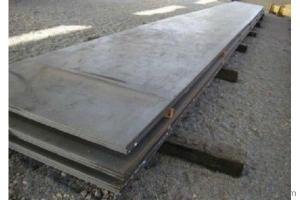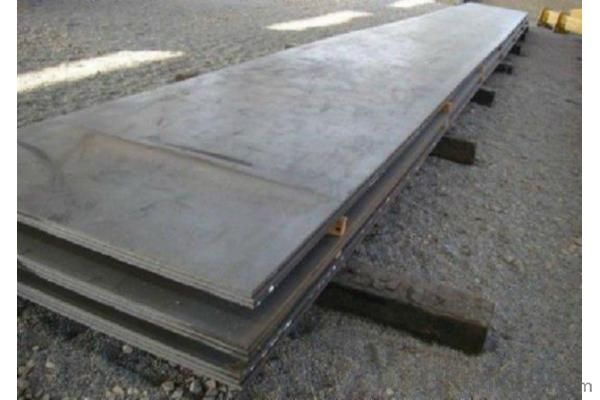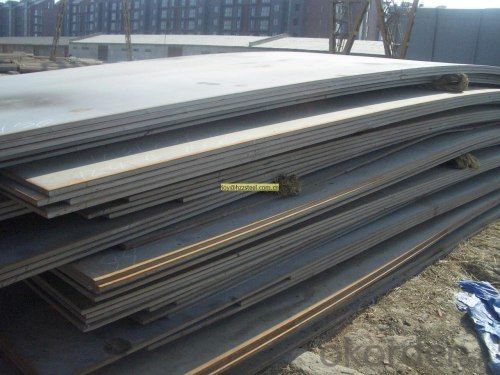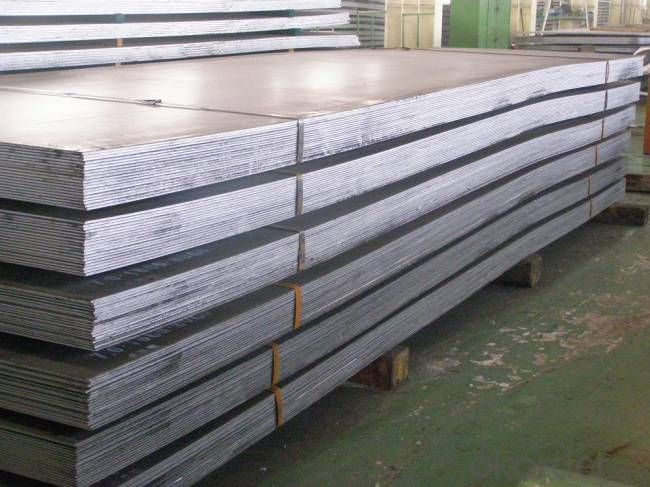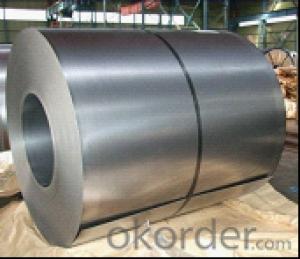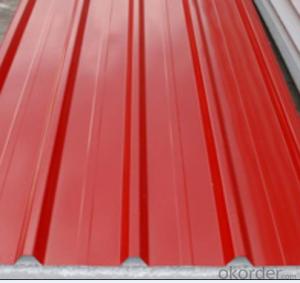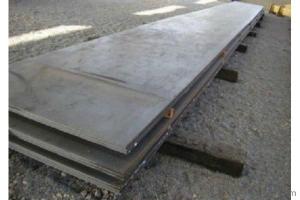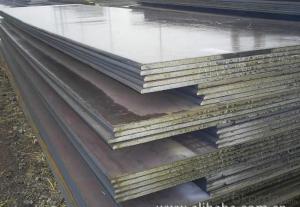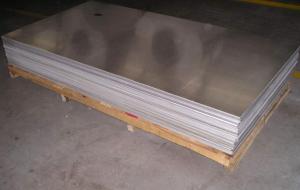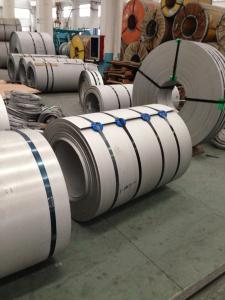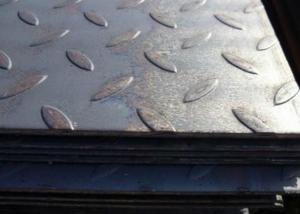cold rolled stainless steel sheet 2B /BA/8ksurface price
- Loading Port:
- Tianjin
- Payment Terms:
- TT OR LC
- Min Order Qty:
- 50 m.t.
- Supply Capability:
- 20000 m.t./month
OKorder Service Pledge
OKorder Financial Service
You Might Also Like
Quick Details
Grade: 2B,200,300,400series
Standard: JIS, AISI, ASTM, GB, DIN, EN
Length: 3m ,6m,or customized length
Thickness: 0.02--6mm
Width: 1000--2200mm
Place of Origin: Shandong, China (Mainland)
Model Number: stainless steel
Type: Plate
Application: Ship building, Engineering construction, Mechanical manufacturing, Pav
Certification: ISO,BV,SGS
sample: small samples can be provide freely
- service: good reputation
application: utensil.kitchen cabinet, chemical, food industry,table,custruction
Packaging & Delivery
| Packaging Details: | Standard Exporting Seaworthy Packing |
|---|---|
| Delivery Detail: | within 5-10 working days after receive the deposit |
Specifications
thick:0.02-60mm width1000-2200mm
Length:3-6m or cut to your required length
2B/BA/8K polished surface
Protective film packin
Stainless Steel Plate/Sheet/Coil
201,202,304,316,304L,316L,309S,310S,321,410,420,430,403
Introduction
stainless steel is one of Austenitic stainless steel. As a versatile steel, it has good corrosion resistance, heat resistance, low temperature strength and mechanical properties. Meanwhile, it is quite good in pressing, bending and other thermal processing.
Standard
The chemical and mechanical composition of the material is in accordance with GB,JIS,ASTM,and EN.
200,300,400series,201,202,301,304,304L,309S,310S,316,316L,410,430,etc.
Specification:
Our coils are directly ordered from mills.300 series stainless steel(304,304L,316L,321),duplex(2205),heat resistant steel(309s,310s)are the main product.Thickness from 0.2mm to 20mm,width is from 300mm to 2000mm,weight is from 2 tons to 26 tons.
Technology
cold draw, hot rolled, cutting, split, polished, protect coating as customer requirement
Packing
Kraft paper ,plastic bags, wooden pallets,by bundling
Quality
MTC,ISO ,BV ,SGS CERTIFICATE
Application:
Machinemade industry, chemical industry, shipping industry architecture, food industry,household products,and so on.
chemical properties--stainless steel coil
| Typical chemical composition | ||||
| % | 304 | 304L | 310s | 321 |
| C | 0-0.07 | 0-0.03 | 0.8 | 0.08 |
| Mn | 0-2.0 | 0-2.0 | 2.00 | 2.00 |
| Si | 0-1 | 0-1 | 1.00 | 1.00 |
| P | 0-0.05 | 0-0.05 | 0.035 | 0.035 |
| S | 0-0.02 | 0-0.02 | 0.030 | 0.03 |
| Cr | 17.5-19.5 | 17.5-19.5 | 24.0-26.0 | 17.0-19.0 |
| Ni | 8-10.5 | 8-10.5 | 19.0-22.0 | 9.0-12.0 |
| Mo | ||||
| TI | 5×C% | |||
| Fe | Balance | Balance | ||
- Q: Can steel sheets be welded or joined together?
- Yes, steel sheets can be welded or joined together using various welding techniques such as arc welding, MIG welding, or TIG welding.
- Q: What are the load-bearing capacities of steel sheets?
- The load-bearing capacities of steel sheets can vary depending on factors such as the thickness, grade of steel, and the specific application. However, steel sheets generally have high load-bearing capacities due to their strength and durability, making them suitable for a wide range of structural and construction purposes.
- Q: How are steel sheets classified based on their surface finish?
- Steel sheets are classified based on their surface finish into categories such as hot rolled, cold rolled, and coated finishes.
- Q: Can steel sheets be painted or coated?
- Yes, steel sheets can be painted or coated.
- Q: Are the steel sheets suitable for electrical applications?
- Yes, steel sheets are suitable for electrical applications as they have good conductivity and can be easily shaped into desired forms for various electrical components.
- Q: What are the standard dimensions for steel sheets?
- The standard dimensions for steel sheets vary depending on the specific type and grade of steel, but commonly used dimensions include 4 feet by 8 feet, 4 feet by 10 feet, and 5 feet by 10 feet.
- Q: Can steel sheets be used for construction equipment?
- Yes, steel sheets can be used for construction equipment. Steel is a versatile and durable material that offers strength and stability, making it suitable for various construction equipment such as excavators, cranes, bulldozers, and scaffolding. Steel sheets can be formed, welded, and shaped into different components and structures, ensuring the reliability and robustness required in construction applications.
- Q: Can the steel sheets be used for roofing purposes?
- Yes, steel sheets can be used for roofing purposes. Steel roofing sheets are a popular choice due to their durability, strength, and resistance to harsh weather conditions. They provide excellent protection against elements such as rain, snow, and hail. Steel roofing sheets are also fire-resistant and can withstand high winds, making them a reliable option for roofing. Additionally, steel sheets are lightweight, which makes them easier to install and reduces the load on the structure. They are available in various designs and colors, allowing for customization according to individual preferences. Overall, steel sheets are a versatile and practical choice for roofing purposes.
- Q: What are the different sheet metal welding techniques for steel sheets?
- Steel sheets can be joined using various sheet metal welding techniques. The most commonly used methods are as follows: 1. MIG welding, also known as Gas Metal Arc Welding (GMAW), involves the use of a continuous wire electrode to create an arc and join the steel sheets. This technique is versatile and efficient, suitable for both thin and thick sheets. 2. TIG welding, or Gas Tungsten Arc Welding (GTAW), utilizes a non-consumable tungsten electrode to create an arc and join the steel sheets. It produces high-quality welds with excellent control, making it ideal for thin or delicate sheet metal. 3. Resistance Spot Welding (RSW) involves applying pressure and passing a high electrical current through the steel sheets using two electrodes. This causes the sheets to fuse together swiftly and cost-effectively. It is commonly used in the automotive and manufacturing industries. 4. Laser Welding employs a high-energy laser beam to melt and join the steel sheets. The technique offers precise control, high welding speeds, and minimal heat input, making it suitable for thin and highly reflective materials. 5. Electron Beam Welding (EBW) utilizes a focused beam of high-velocity electrons to create a weld. It offers deep penetration and is often used for thick steel sheets or applications requiring high-quality welds. 6. Plasma Arc Welding (PAW) is similar to TIG welding but utilizes a plasma arc to create a weld. This technique provides higher welding speeds and can be used for both thick and thin steel sheets. The choice of welding technique depends on various factors such as the thickness of the steel sheets, desired weld quality, production volume, and available equipment. Each method has its own advantages and limitations.
- Q: How do steel sheets compare to aluminum sheets?
- Steel sheets and aluminum sheets have distinct properties that make them suitable for different applications. Steel sheets are generally stronger and more durable than aluminum sheets, making them ideal for applications that require high strength and resistance to wear and tear. On the other hand, aluminum sheets are lighter in weight and have excellent corrosion resistance, making them a popular choice for applications that prioritize weight reduction and protection against rust. Ultimately, the choice between steel and aluminum sheets depends on the specific needs and requirements of the intended use.
Send your message to us
cold rolled stainless steel sheet 2B /BA/8ksurface price
- Loading Port:
- Tianjin
- Payment Terms:
- TT OR LC
- Min Order Qty:
- 50 m.t.
- Supply Capability:
- 20000 m.t./month
OKorder Service Pledge
OKorder Financial Service
Similar products
Hot products
Hot Searches
Related keywords
